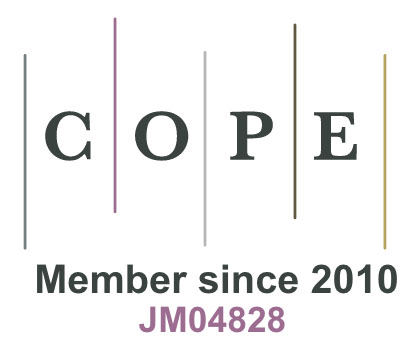Evaluating Web (and other) resources
In just the past few short years, the World Wide Web has become like a physical library. Academic libraries, to a significant degree, now provide journal articles
 to their constituents as PDF files, replacing the old, large, and very popular “copy machine” room housed in their physical spaces. A natural extension of this is the use of material “published” on the web as a resource not unlike that accessed through an academic library.
to their constituents as PDF files, replacing the old, large, and very popular “copy machine” room housed in their physical spaces. A natural extension of this is the use of material “published” on the web as a resource not unlike that accessed through an academic library.
The developer of the Web (and current director of W3C, the organization that oversees Web standards) Tim Berners-Lee, established a vision of the World Wide Web as a valuable tool that would democratize knowledge, making access to valuable information accessible to all regardless of wealth, social standing, race, or any other factor. However, in many academic circles, Web resources are still regarded with skepticism and Web articles are not considered valid scholarly resources, except where a Web site is itself the subject of the investigation or is used to make a particular point.
Rather than simply dismiss Web resources, it is time to recognize the Web and its wealth of information as an opportunity to sharpen our abilities to discern a valid resource from one that is less than valid, and to refine the criteria by which we make this assessment. Indeed, as the management team of the popular Wikipedia.org clearly states in their own guidelines on “Researching with Wikipedia”, the veracity of information published in the Wikipedia should be judged in ways similar to standards used for any other resource.
Here are “ABCSS” guidelines that I recommend in deciding on the credibility of any resource, web or otherwise:
Agency. Is the author of the work clearly identified? Are the author’s professional affiliations and qualifications clearly identified? Is there a clearly identified way for me to contact the author if I have questions or concerns about the work?
Bias. Everything has a bias! Does the author identify their perception of their own perspective on the subject? What bias, standpoint, or perspective is implicitly embedded in the work? How does bias potentially shape or influence what is published?
Corroboration. How does the information in this source compare to what I find in other resources? If it is wildly at odds with other resources, and the source can be identified as having value for my work, how can I explain the difference?
Sponsorship. Is the work sponsored, funded, or “commissioned” by an organization of any kind? If so, what is the nature of that organization and do they have an explicit or implicit interest in what is published?
Scholarly value. Do the methods used and the logic presented meet generally accepted standards of investigation, ethics and logic? Are the sources that the author used clearly identified, and can I trace those sources accurately?
In fact, in my view the Web actually has greater power to demonstrate each of these guidelines much more explicitly than does print media. Print media is limited by space and cost constraints that greatly constrain the kind of background information that is important to fully understand the worth of that which is published.
In evaluating Web resources, I believe we can and should expect each and every one of the ABCSS to be clearly evident. If they are not, unless there is some strong justification otherwise, the source needs to be eliminated from serious consideration. What are your thoughts, and what shifts might you recommend for the ABCSS guidelines?




